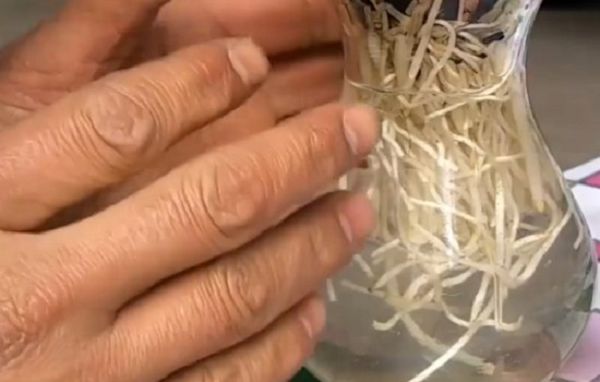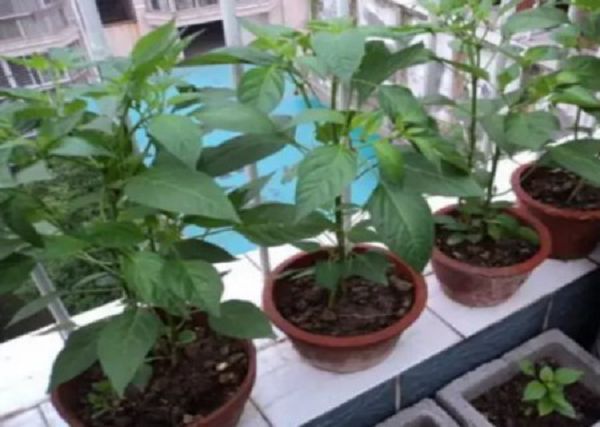How to cultivate hyacinth by hydroponic culture

Hyacinth flowers are very beautiful, many pot friends will be planted as family potted plants, both ornamental, but also can make the space full of romantic atmosphere. In addition to traditional methods of soil culture, hyacinth can also be cultured in water. I believe everyone has a better understanding of how to cultivate hyacinth, so what?
First of all, we need to understand the environmental temperature requirements of hydroponic hyacinth. Under normal circumstances, we can maintain it at an ambient temperature between 15°C and 21°C. In winter, however, it is recommended to keep the ambient temperature between 2°C and 10°C, because if the ambient temperature is lower, the plants may freeze.
However, the environmental temperature is too high, if the temperature is too high, hyacinth is unable to differentiate flower buds, but also easy to appear in the case of arrows, thus reducing the ornamental nature of hydroponic hyacinth potted plants. Therefore, for all hydroponic hyacinths, it is very important to provide a suitable ambient temperature, neither too low nor too high.
Next, we need to talk about the light requirements of hydroponic hyacinths. It is also important to ensure sufficient light in the conservation environment for the growth of hyacinths, especially in the case of low light intensity, but also to allow them to receive more light, at least 2-3 hours of light per day.
Under normal circumstances, when it is necessary to provide light to hyacinth, it should be placed outdoors in time to allow it to fully receive sunlight, and then put it back indoors for maintenance. However, the lighting time should not be too long, especially if the lighting intensity is too large, it should be considered to control the lighting. Especially in summer, the plants will be exposed to the sun, the water temperature will suddenly rise sharply, which easily leads to the phenomenon of yellowing of the leaves.
In addition, hydroponic hyacinth is naturally inseparable from water, and it also has certain requirements for water quality, at least the water quality needs to be clear and transparent. This is more conducive to the growth of plants, but also facilitate our observation of the state of its roots. And also need to change the water regularly, it is generally recommended to change the water once a week is better. If the water is dripped with nutrient solution, it can be kept for half a month to change the water, so that the plants can fully absorb the nutrients.
We also need to be careful when changing water for hyacinths that the water line is not too high to avoid sinking all the roots of the plant below the water surface. Generally, it is necessary to make the water level lower than the hyacinth chassis by about 1-2 cm. This way, hyacinth roots can breathe better from the air, after all, the oxygen content of water is very limited. Submersion of the plant chassis into water tends to inhibit respiration.
Of course, the nutrients in the water were limited. Hyacinth needed sufficient nutrients to grow and bloom. Therefore, we need to fertilize it properly, generally supplement it with nutrient solution once every 7-10 days, but control the dosage well, and drop 1-2 drops at a time. It is also better to add nutrient solution after changing water, so that the nutrient solution can stay in the water longer and the plant can have more time to absorb it.
Related
- Fuxing push coffee new agricultural production and marketing class: lack of small-scale processing plants
- Jujube rice field leisure farm deep ploughing Yilan for five years to create a space for organic food and play
- Nongyu Farm-A trial of organic papaya for brave women with advanced technology
- Four points for attention in the prevention and control of diseases and insect pests of edible fungi
- How to add nutrient solution to Edible Fungi
- Is there any good way to control edible fungus mites?
- Open Inoculation Technology of Edible Fungi
- Is there any clever way to use fertilizer for edible fungus in winter?
- What agents are used to kill the pathogens of edible fungi in the mushroom shed?
- Rapid drying of Edible Fungi



